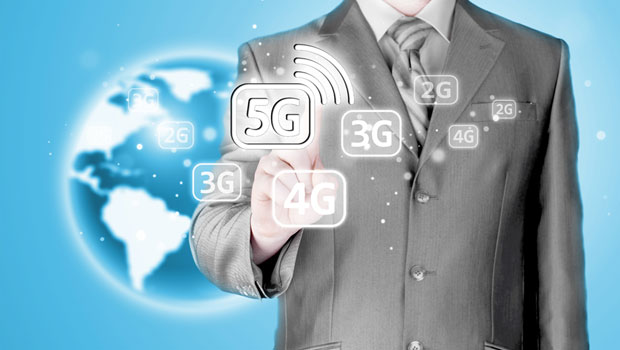
Demystifying 5G - It's Real and It's Here
December 2, 2019
Every decade the wireless industry transitions to a new cellular technology, and every generation there are doubts about the new technology. This continues with 5G.I have heard from consumers and even people within the industry that there is "no need for 5G," "5G is only for businesses," "5G won't be available until 2025," "mmWave is only for fixed wireless access," and "radiation from mmWave is harmful" or, as my Uber driver put it, "mmWave will fry your brain."These comments typically come from three things: the decade long historical view it took to roll out earlier generations; companies that are behind on developing the technology and are hoping for a later adoption cycle; or ignorance of the technology or the status of the network rollouts and device introductions.
While 5G is another cellular generation, it is much different than previous generations and should not be subject to the negative perceptions.5G is unique in that it is the first cellular generation that has a single global standard. This is a significant achievement for the wireless industry. Even the trade disputes will not have any impact on the standards.In addition, 5G does not require a new base radio access technology. 5G is based on the evolution of the orthogonal frequency division multiplexing (OFDM) technology that was the foundation for LTE, which means that LTE also works naturally in conjunction with 5G.5G also uses many technologies introduced in previous 3GPP standard releases for LTE, including carrier aggregation, use of unlicensed bands, envelope tracking, and new interface technologies like narrowband IoT (NB-IoT).With the constant evolution of standards through the 3GPP, 5G improves on many of these technologies and leverages new sub-6GHz frequencies and mmWave high-frequency bands (24 GHz to 52 GHz for mobile) and other technologies like dynamic spectrum sharing.An industry group accelerated the 5G standard by more than two years to complete the first standard for 5G non-standalone mode (used in conjunction with the existing 4G infrastructure) in late 2017 and the standalone mode (completely new 5G network) standard in mid-2018 so that networks and devices could be ready by early 2019. Rollouts of the technology have begun.
From the technology side, baseband modems are available or should be by year end from HiSilicon, MediaTek, Qualcomm, Samsung and Unisoc. A complete RF solution is available from Qualcomm. Other vendors, such as Broadcom, Qorvo and Skyworks, have or are introducing RF components for 5G.More than 40 OEMs have introduced 5G handsets, most on the Qualcomm Snapdragon platform (SoC, modem and RF). By comparison, there were only three OEMs that offered LTE handsets at the same time in the rollout of LTE. We also are seeing more devices incorporating 5G into the design of industrial equipment for factory automation, smart cities, automobiles, medical devices and many other applications.On the network...











 What we do
What we do





















 Contact US
Contact US

